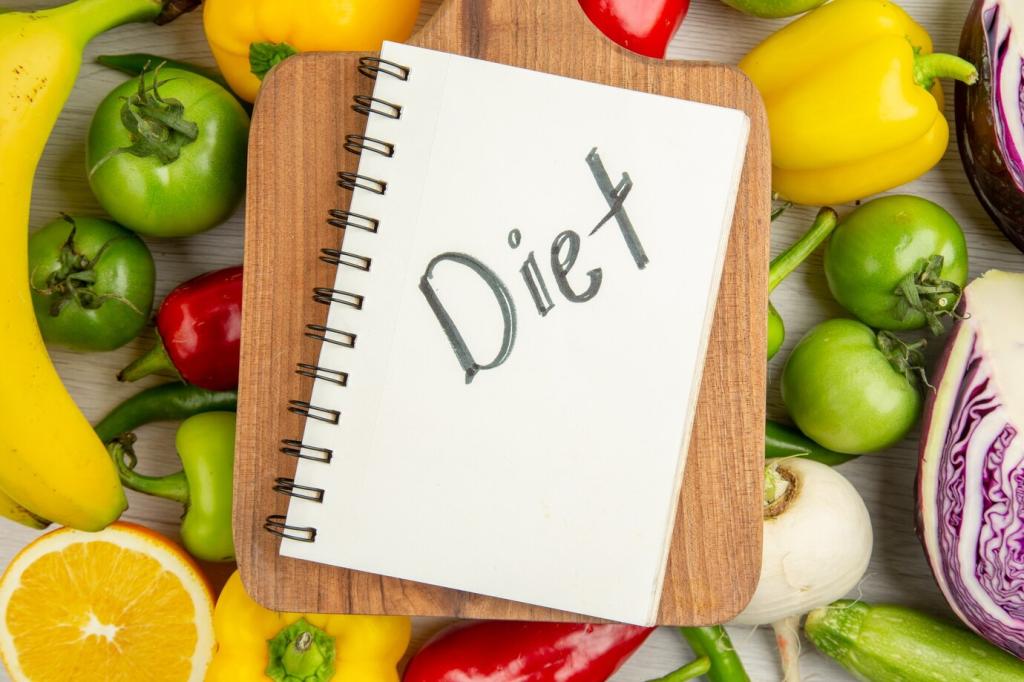
Pre-Workout Nutrition Tips for Athletes: Fuel Smarter, Perform Stronger
Today’s chosen theme is Pre-Workout Nutrition Tips for Athletes. Step into a practical, science-backed guide that turns your pre-session meal into a performance advantage, with relatable stories, proven strategies, and simple prompts to help you personalize and share your fueling routine.
Timing Is Everything: When to Eat Before You Train
Aim for a balanced, carb-forward meal 3–4 hours before training, then top up with a lighter snack 30–60 minutes out if needed. This staggered approach supports steady blood glucose and reduces gut discomfort. What timing works for you? Share your best window and how it affects performance.


Timing Is Everything: When to Eat Before You Train
If appetite is low before sunrise workouts, try a small, easily digestible carb source like a banana, toast with honey, or a sports drink. Even 20–30 grams of fast carbs can wake up your legs. Tell us your go-to quick bite for those crack-of-dawn sessions.
Build the Perfect Pre-Workout Plate
Most athletes thrive on 1–4 grams of carbohydrate per kilogram in the 1–4 hours pre-workout, scaled to session intensity and tolerance. Choose familiar staples: rice, oats, pasta, potatoes, fruit, or low-fiber breads. Post your favorite carb combo and why it never lets you down.
Build the Perfect Pre-Workout Plate
A moderate protein portion—about 0.25–0.4 grams per kilogram—can curb hunger without slowing digestion. Greek yogurt, eggs, or a small shake work well. Keep it simple and familiar. Which protein option settles best for you before hard intervals or heavy lifts?

Hydration and Electrolytes: Arrive Topped Off

About 4 hours before, sip roughly 5–7 mL of fluid per kilogram body weight, adjusting with climate and thirst. If urine stays dark, add another light sip 2 hours out. What simple reminders help you drink consistently without feeling sloshy?
Tailoring to Sport and Environment
High-volume endurance days typically require larger carb loads and a gentler fiber profile. Strength or power sessions can favor slightly more protein while still prioritizing carbs. What does your pre-run plate look like compared with your pre-lift routine?


Tailoring to Sport and Environment
Hot, humid conditions elevate sweat rate and gut stress. Choose lower-fiber carbs, pre-cool if possible, and include electrolytes. Keep snacks simple and hydrating. Tell us how you adjust your plan when the forecast screams sauna and your warm-up is extended.

Low-FODMAP Experiments
If you’re prone to GI distress, trial lower-FODMAP carb sources pre-workout: ripe bananas, rice, oats, and certain sports products. Test during training, never on race day. What swaps calmed your gut without sacrificing energy on key sessions?

Lactose, Gluten, and Personal Tolerance
Intolerance is highly individual. Some athletes prefer lactose-free yogurt or gluten-free toast before speed work. Keep a simple log to link foods with symptoms. What ingredients do you embrace or avoid to keep your stomach quiet and legs lively?

Real-World Menus, Mini-Stories, and Your Turn
Anna’s 10K Tempo Ritual
Ninety minutes pre-run, Anna eats white rice with scrambled eggs and a little soy sauce, then half a banana 20 minutes out. She swears the simplicity keeps her stomach calm and legs springy. What’s your tempo-day staple and why does it shine?
Marcus’s Heavy Lift Morning
Two hours before squats, Marcus grabs oats cooked with milk, a spoon of honey, and a small coffee. He says the combo steadies focus without feeling heavy. Share your strength-day bowl and how it changes for high-volume hypertrophy sessions.
Swim Club’s Dawn Snack Hack
At 5:30 a.m. deck call, the team relies on applesauce pouches and sports drink for fast carbs, then a bigger breakfast after. Minimal chewing, maximal compliance. What compact snack helps you nail early starts without upsetting your stomach?
